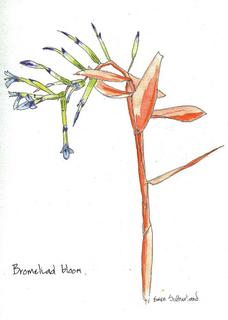AND THE DRY GOES ON

It is funny sometimes how the penny will drop. For ages I have been pondering an area in the garden that requires planting and it wasn’t until I was considering how dry it has been that the answer came to me. It is interesting how many plants, tolerant of drought, have grey foliage and how attractive they are. Many of these plants also have yellow flowers and so the penny drops, have an area of grey, blue, green, white and yellow! The first of these plants springing to mind is the Brchyglottis greyii previously known as Senicio greyii, a native of the coastal regions of the lower north Island. They have blue grey foliage on the upper surface and almost white on the under sides, it is for these leaves that they are mostly grown, with the flowers often being cut off (they are yellow daisies). Well not for me, I shall let them glory in their blooms. Along with the B. greyii will go the Marlborough rock daisy Pachystegia insignis native to the rocky banks and coastal parts of Marlborough. The flowers of the rock daisy are as may be guessed white with a yellow centre and about five centimetres across. So both these are used to hot dry conditions and perfect for my hot dry sunny bank.
It is a common trait of xerophytes, plants tolerant of arid conditions, to have grey rather fluffy or tomentose foliage. A good example of this is the low growing lamb’s ear Stachys lanata the foliage almost white with the fuzz on them, perfect for the edge of the garden adjacent to the steps. There is only one thing I would have to consider here though; the flowers are small and purple. Will this go with my colour scheme? I could cut them off, or justify them by saying the border across the other side of the path has a mixture of blue purple and red and like any good prose where the paragraphs are linked so too will my adjacent gardens! Another colour note to have in common with the two borders will be blue. To the back of my new garden I would like to see pride of Madera Echium fastuosum which will add height and contrast. Along with the pride of Madera could go yuccas Yucca filamentosa native to the arid south of the US will be well adapted to my arid bank. This plant has a rosette of rather sharp leaves from which burst tall spires of creamy bell shaped flowers, a companion at the back with the pride of Madera. Others in this garden will be the native corokia Corokia cotoneaster, and euphorbias Euphorbia sp. To add interest and another link to the adjacent garden will be grey and white flowered bearded iris.
Another area of my garden doing rather well given the dry has been the bromeliads, one of which has just started to bloom. The striking flowers emerge from upright rosettes of leaves, of a rather purple colour with yellow spots. The flowers are of strident pink to red spathes from which appear delicate lime green and electric blue flowers! What a show off! Not only do they look good on the plant but may be even better when picked and brought inside. I have mentioned bromeliads before, but this one is so easy I couldn’t resist, especially given how well they tolerate the dry.
More of dry planting schemes next time.

0 Comments:
Post a Comment
<< Home